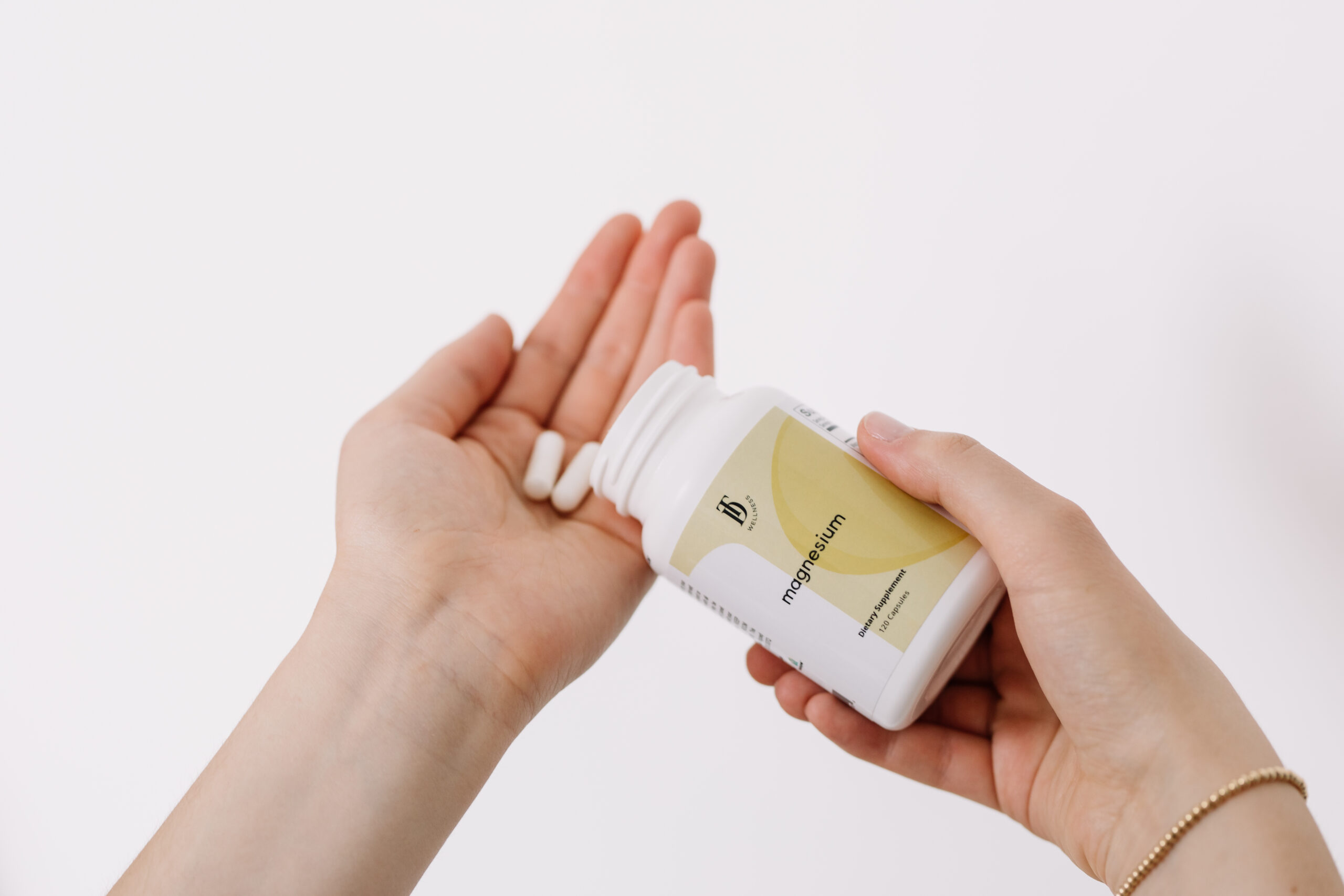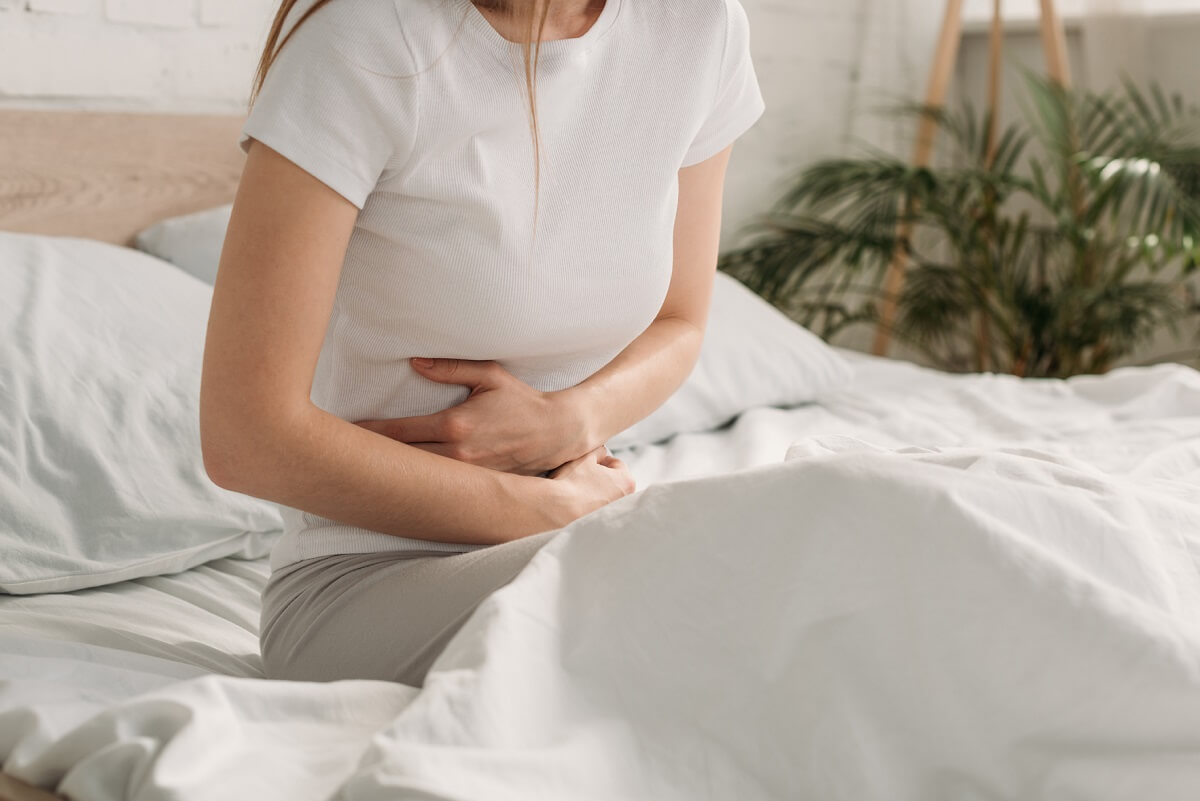Ugh, you have another yeast infection AGAIN! You thought you were in the clear from candida overgrowth, but it keeps coming back month after month (or even a couple of weeks!). There must be an underlying cause triggering it. You’ve heard about the consequences of mold, but can mold be a cause of your recurrent candida symptoms and yeast infections? Maybe that’s it!
You’re tired of dealing with Candida overgrowth. But you don’t want to continue taking medications or antibiotics (which won’t help anyway because it’s a fungus and not a bacteria overgrowth). Getting to the root cause of recurrent yeast infection should be your priority so you can get rid of it forever…not just for the time being.
Why does my Candida keep coming back?
Recurrent fungal infections, like Candida, are opportunistic organisms. When it sees the opportunity, it thrives and starts to proliferate. When does it see an opportunity to grow? When your immune system is weakened. This is the perfect time for fungus to overgrow because your body doesn’t have the strength to fight it off or balance it out. You can read my blog, Don’t Let Candida Overgrowth Win: Know how to detect it and what to do about it to learn more about why you may have recurrent yeast infections. But today I want to focus on mold exposure because this one often gets overlooked (even by healthcare professionals!).
How Does Mold Make Candida Overgrowth Worse?
If you’re asking the question, “can mold cause yeast infections? or recurrent fungal issues on skin? allergies? eczema?”, the answer is yes there is a strong correlation and this must be ruled in or out as the root cause.
Mold exposure can promote fungal infections because of the mycotoxins it contains. Mycotoxins are naturally occurring toxins produced by certain fungi. Mold can release spores in the air we breathe that contain these health-damaging toxins. If you are exposed to mycotoxins, it can cause dysfunction throughout your body, making you more susceptible to fungal infections.
Mold, Candida & Immune Function
Studies have shown that mycotoxins can impair immune-related organs and tissues. They can even alter the virulence of the infectious pathogens, meaning they can change the toxicity and invasiveness of the fungus in your organs and/ or immune cells.
Mold, Candida & Gut Health
Mycotoxins from mold exposure could be contributing to your Candida in another way. Mycotoxins have been shown to disrupt gut barrier lining. Mycotoxins can change the structure of the intestinal epithelium, allowing unwanted particles to travel outside of the gut (aka leaky gut). This lets the candida travel to other parts of your body, not just the intestines, which can cause systemic issues.
Hidden Mold In Your Home
You may be thinking, “There’s no way I have mold in my home. Mold couldn’t be causing my candida”. Don’t be too sure. Mold could be hiding in your home without you even knowing. Check out my blog, Is Your Home Making You Sick? Hidden Toxins in Your Home.
Mold could be hiding behind your walls, in your bathroom or basement, and even in the foods you eat. The best way to know for sure if you have mold hiding in your home is to test! There are at-home tests you can do by getting dust samples or air filter samples. You can also have an inspector come and do a thorough inspection.
If you struggle with recurrent yeast infections, always getting sick, extreme fatigue, skin issues, allergies, and even struggle with asthma, mold could be the culprit.
Addressing Mycotoxins and Candida
To truly address your Candida overgrowth, you have to eliminate the underlying stressor that is encouraging its proliferation. When you work with a Functional Medicine provider, we can run a toxicity test to see if mold biomarkers appear in the first place. When you test and not guess, you’re able to narrow down the true root cause of your yeast infections quicker so you can start feeling relief faster.
How to Prevent Mold Exposure and Candida Overgrowth
-
Be sure your bathroom is well-ventilated.
-
Invest in a high-quality home air filter system. Invest in one that includes a HEPA filter that is capable of removing ultra-fine particles like mold.
-
Store your nuts and flour in the refrigerator to prevent mold growth.
-
Avoid carpeting in the home. Carpets tend to collect moisture and dust, which is a perfect place for mold!
-
Address any water leaks quickly and professionally
-
Keep your immune system functioning optimally
How to Get Rid of Mold Illness and Candida
If you find that you are struggling with mold exposure and mycotoxins that may be the driving force behind your recurrent yeast infections, here are some things you can do.
-
Hire a professional mold remediation specialist to locate and remove all of the molds in your home to prevent it from regrowing.
-
Reduce your overall toxic burden by eating organic foods
-
Use the infrared sauna
-
Take a close look at your stress levels. If you’re stressed out, your body will put its energy into responding to stress rather than optimal immune function and detoxification.
-
Take a liposomal glutathione supplement. This can help reduce oxidative stress and promote mold detoxification. I love Taylor Dukes Wellness glutathione.
-
Boost your immune function since that’s what’s allowing Candida’s overgrowth and proliferation. Eat an abundance of colorful fruits and veggies since they are filled with phytonutrients necessary for immune health.
-
Contact a Functional Medicine provider who can create a personalized protocol based on your unique labs and symptoms so you can detox the mycotoxins appropriately.
Stay Updated With Exciting News at Taylor Dukes Wellness!
We are always working on new ways to serve you and your family on your health journey. Be the first to know about new offerings, health articles, and more by clicking here and filling out your information so we can be in touch.




